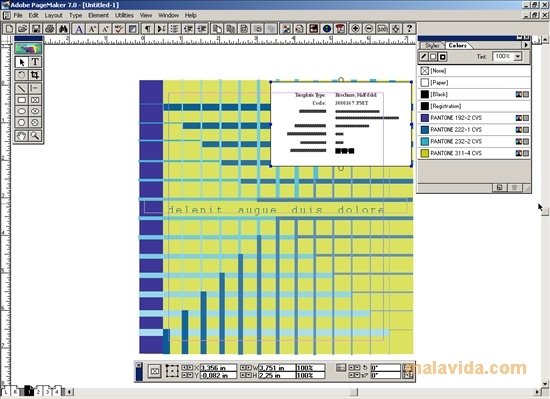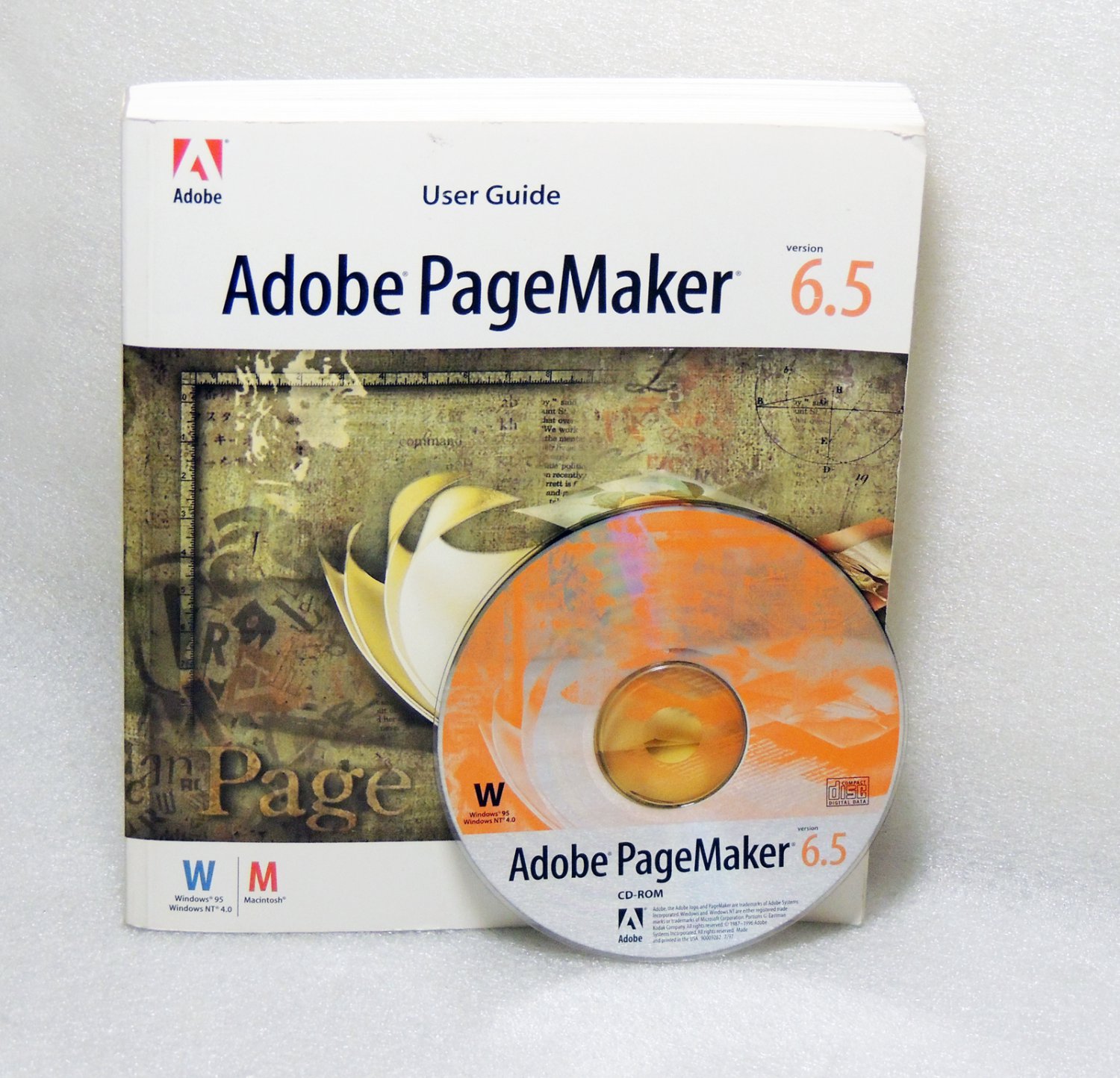

Whereas page layout used to be a tedious task taking place on a pasteboard, desktop publishing allowed the process to be computerized: saving time, space, and money.

The combination allowed for easier design of publications. (The Macintosh itself was unveiled to the world nearly a year earlier on January 24, 1984.) Apple’s LaserWriter printer helped start the desktop publishing revolution, in addition to the Macintosh and DTP software like Aldus PageMaker. The Apple LaserWriter, an early laser printer that offered easy networking and excellent print quality for the time, was released on the same day as Aldus PageMaker: January 23, 1985. However, the Mac didn’t create the revolution by itself. If your goal is to produce documents that look as though they were created in something more capable than a word processor but that don’t require the high level of design that QuarkXPress and InDesign offer, PageMaker may be all you need–just beware the pitfalls of the new data-merge tool.During MARCHintosh 2021, I planned to take a closer look at the early days of desktop publishing by looking at Aldus’ PageMaker software – one of the early successful desktop publishing software titles that would later heavily influence Adobe InDesign – the modern de facto standard in desktop publishing.Īpple’s Macintosh line of computers is often credited with helping kickstart the desktop publishing (DTP) revolution of the mid-late 1980s that paved the way for the modern graphic design position. Macworld’s Buying AdviceĬompared with QuarkXPress and Adobe InDesign, PageMaker is labor-intensive, so it’s best suited to basic jobs involving simple designs and few pages. And Adobe has no plans to Carbonize PageMaker 7.0 (though I had no trouble using version 7.0 in Mac OS X’s Classic mode).

But even with those settings, I got frequent memory errors. While version 6.5 needed between 9MB and 20MB of RAM, the default minimum and preferred memory settings for version 7.0 are 15MB and 32MB, respectively. However, those features were difficult to use and produced mediocre Web pages, and they’re no better in version 7.0.īeyond offering neither substantive new features nor fixes for longtime defects such as its separate, inadequate table editor, PageMaker 7.0 has a few other flaws. PageMaker 7.0 is nearly identical to version 6.5, whose big push was online publishing. Adobe says the data-merge tool is intended only for mail merges, where an entire letter is duplicated with a unique name and address in each copy.

When I tried to merge data into a PageMaker document containing other text and images, PageMaker 7.0 went haywire and copied the entire document at the beginning of each record. The actual import works well enough, as long as your PageMaker document has nothing else in it.


 0 kommentar(er)
0 kommentar(er)
